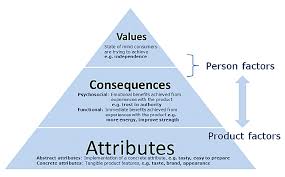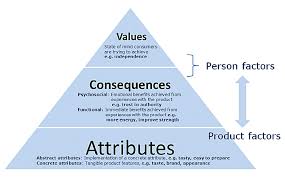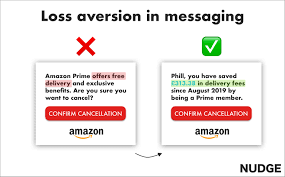Laddering Theory, Method, Analysis, and Interpretation by Thomas J. Reynolds and Jonathan Gutman is a foundational framework in qualitative research, particularly within consumer behavior studies. Below is an overview of the key aspects of this theory and methodology:
Overview of Laddering Theory
Laddering is a qualitative research technique designed to uncover the deeper motivations, values, and decision-making processes underlying consumer behavior. It is rooted in the Means-End Chain Theory, which posits that consumers make choices based on a hierarchy of perceptions involving three levels:
- Attributes (A): The tangible or intangible features of a product or service.
- Consequences (C): The outcomes or benefits derived from those attributes.
- Values (V): The personal values or life goals that these consequences serve[1][4].
The laddering process seeks to identify the connections between these levels (A → C → V) to understand how products or services align with consumers’ personal values.
Methodology
The laddering technique involves in-depth, one-on-one interviews using a structured probing approach. The primary question format revolves around asking “Why is that important to you?” repeatedly to move from surface-level attributes to deeper values. This process creates a “ladder” of associations for each respondent[1][2][4].
Steps in Laddering:
- Eliciting Attributes: Start by identifying the key features that differentiate a product or service.
- Identifying Consequences: Probe to understand the benefits or outcomes associated with these attributes.
- Uncovering Values: Further probe to reveal the personal values tied to these consequences.

Data Analysis
- Responses are analyzed using content analysis techniques to summarize key elements at each level of abstraction (A, C, V).
- Results are visualized through a Hierarchical Value Map (HVM), which graphically represents the dominant linkages across attributes, consequences, and values[1][4].
Applications
The laddering method has been widely applied in marketing and consumer research to:
- Develop effective branding strategies.
- Understand consumer decision-making processes.
- Identify opportunities for product innovation.
It provides insights into how consumers perceive products in relation to their self-concept and life goals, enabling businesses to align their offerings with consumer values[1][2][6].
Contributions by Reynolds and Gutman
- Thomas J. Reynolds: A professor and researcher specializing in strategic positioning and communication options.
- Jonathan Gutman: A marketing professor focused on developing and applying Means-End Chain methodology.
Their work has been instrumental in advancing both academic and practical applications of laddering as a robust tool for understanding consumer behavior[4].
Citations:
[1] https://is.muni.cz/el/1456/jaro2013/MPH_MVPS/39278324/LadderingTheoy_original.pdf
[2] https://www.data-panda.com/post/laddering-technique-and-5-whys
[3] https://www.businessballs.com/personal-relationships/ladder-theory-of-sexual-relationships/
[4] https://ngovietliem.com/wp-content/uploads/2022/12/Reading-3.3-Laddering-theory.pdf
[5] https://www.semanticscholar.org/paper/Laddering-theory,-method,-analysis,-and-Reynolds-Gutman/33bef1faa5f75fd54f527f95b9d1e2e4c9dd5b7b
[6] https://www.researchgate.net/publication/229053675_Discussing_laddering_application_by_the_means-end_chain_theory
[7] https://asana.com/ko/resources/ladder-of-inference
[8] https://www.studocu.com/it/document/universita-di-bologna/marketing/reynoldsladderingtheory/8042519
[9] https://media.almashhad.com/archive/1698749822629_wEaGz.pdf
[10] https://thesystemsthinker.com/the-ladder-of-inference/



Geef een reactie